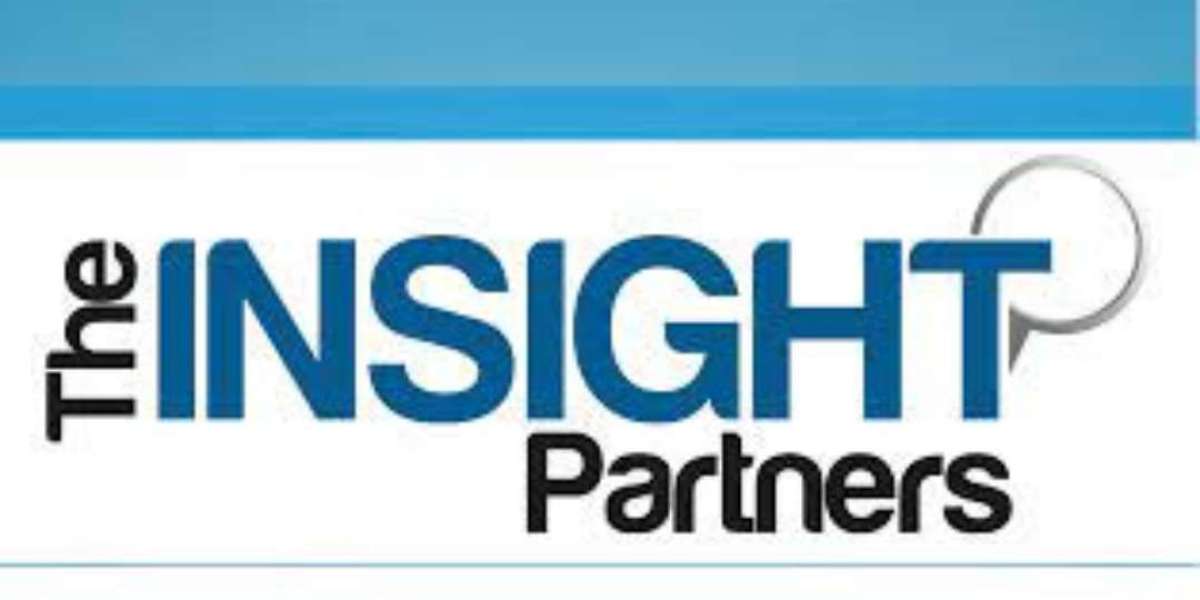Electronic Health Record or EHR development is the process of creating electronic health records software for use in medical facilities. It is possible to Integrate EHR software with other healthcare platforms like practice management, healthcare management systems, and medical informatics.
How does EHR development boost workflow efficiency for healthcare providers?
EHR software development allows healthcare providers to securely share patient data within and beyond their organization, promoting smooth workflows. This means small practices, medium-sized clinics, and large hospitals can eliminate the need for handling physical paperwork or paper-based charts in practices of all sizes.
Administrative staff involved in patient registration, insurance verification, medical billing, coding, and claims management can easily access the required data with just a few clicks which allows them to work faster and significantly boosts their productivity.
How does the development of EHR enhance patient care and security?
- EHR platform facilitates rapid access to patients' medical data, helping providers make informed decisions and precise diagnoses.
- Using EHR, clinical staff can monitor treatments and send timely alerts about upcoming appointments, immunizations, or follow-ups.
- In emergencies, EHRs empower providers to respond effectively by offering immediate access to the patient's complete medical history.
- EHR system development plays a key role in reducing medication and treatment errors by providing easy access to vital patient health data.
What are the challenges that arise in the process of EHR development?
- Adapting regulations due to new tech like telehealth and medical wearables.
- Keeping patient data safe and sound.
- Assuring interoperability with other platforms
- Collecting medical data from diverse sources
- Ensuring compatibility with legacy techniques.
What are the main factors to consider in EHR development to ensure it's user-friendly and easy to adopt?
The user interface (UI) and user experience (UX) of the EHR platform are highly significant for ensuring user-friendliness. They directly influence the navigability of the software and the ease of accessing its functions. These aspects greatly affect how seamlessly the medical center staff can integrate the platform into their workflows.
In addition to the user interface, ensuring seamless interoperability is crucial. This consideration is vital, given that most healthcare facilities operate integrated systems with multiple software for billing, prescriptions, patient registration, and insurance verification alongside the EHR & EMR software development.
Therefore, it's essential to ensure effective coordination and data exchange among these systems.
Conclusion:
EHR offers a comprehensive view of a patient's health and medical condition, readily accessible to healthcare providers. The incorporated features prioritize the security and confidentiality of patient information. Additionally, coupling EHR with a data analytics solution enhances insights into patient health, significantly improving the accuracy of decision-making in healthcare.



